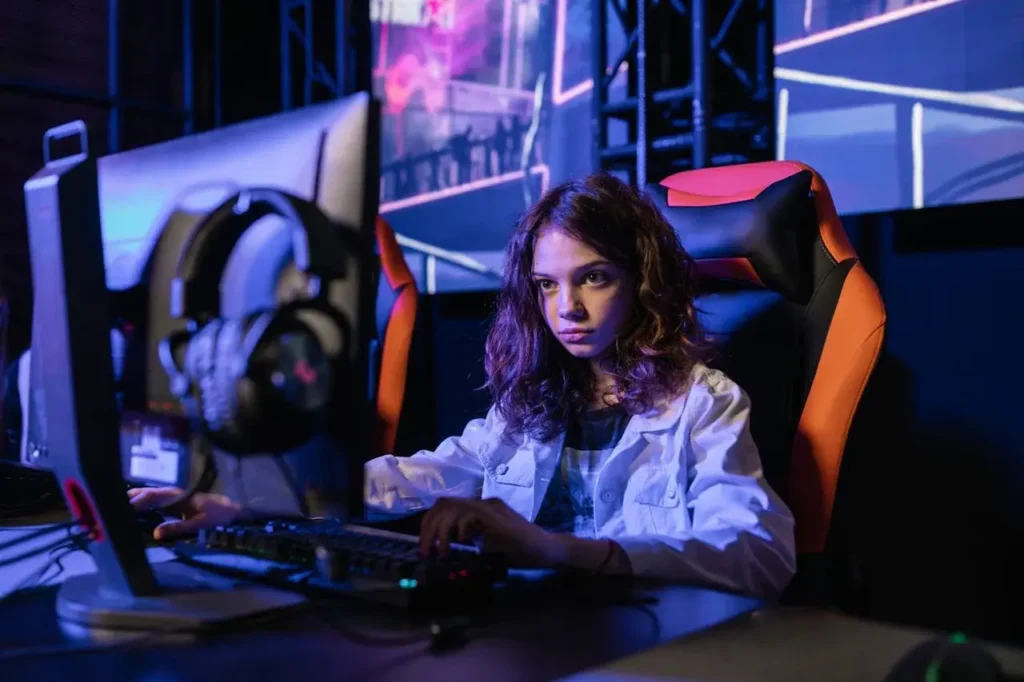Online color prediction games like Tiranga game and Jalwa have taken the gaming world by storm, offering quick rounds and the thrill of instant wins. But a lingering question remains: is success in these games purely luck, or can strategy and logic improve your chances?
Let’s break down the mechanics of Tiranga, explore psychological factors, and uncover whether it’s possible to shift the game from luck to logic.
Understanding Tiranga: The Basics
Tiranga is a color prediction game where players bet on which color—Red, Green, or Violet—will appear in the next round. The outcome is determined by a random number generator (RNG). If your prediction matches the result, you win based on preset payout multiples:
- Green – 2x reward
- Red – 2x reward
- Violet – 4.5x reward (higher risk, higher reward)
Each round lasts just a few seconds, making the game fast-paced and high-risk, drawing thousands of players daily.
Is Tiranga Luck-Based or Logic-Driven?
At first glance, Tiranga appears to be entirely luck-based, similar to lottery draws. The results seem unpredictable, and there’s no clear way to determine what color will come next.
However, many players attempt to use patterns, betting strategies, and psychological techniques to increase their odds of winning. But do these methods work?
The Temptation to “Crack” the Game
Seasoned players believe in trends like color repetitions, alternating sequences, or statistical patterns. Some popular strategies include:
- Martingale Betting – Doubling the bet after every loss to recover previous losses.
- Color Tracking – Observing previous results to predict future outcomes.
- Pattern Recognition – Searching for cycles in game history.
While these tactics might create temporary wins, the game’s RNG system ensures long-term unpredictability. Unlike real-world probabilities, the algorithm ensures randomized results, making pattern-based strategies unreliable.
The Psychology Behind Tiranga
Why do players believe they can “crack” Tiranga?
These games use variable reinforcement—the same psychological mechanism found in slot machines and casinos. The combination of fast rounds, occasional wins, and fear of missing out keeps players engaged.
Many assume the game is “due” for a certain color after multiple losses, which often leads to impulsive betting and emotional decisions.
Can You Truly Crack Tiranga or Jalwa?
Here’s the hard truth—no strategy guarantees wins in these games.
- The randomized algorithm ensures unpredictable outcomes.
- The house edge keeps the platform profitable over time.
- Emotional betting lowers rational decision-making.
- Lack of transparency makes reverse-engineering nearly impossible.
While smart play can improve your experience, it can’t override a system built on randomness.
Smart Tips for Playing Tiranga Responsibly
If you still enjoy the thrill and want to play responsibly, follow these guidelines:
Set a budget and stick to it.
Never chase losses—walk away when needed.
Limit your playtime to avoid addiction.
Treat it as entertainment, not a way to make money.
Avoid scams—many “winning strategies” sold online are fake.
Tiranga vs. Jalwa: What’s the Difference?
Both games follow the same core mechanics, but they may differ in:
- Interface & user experience
- Payout multipliers
- Frequency of color outcomes
Some players believe Jalwa offers easier prediction patterns, while others claim Tiranga is more rewarding. The truth is, both games operate on randomness, making them equally unpredictable.
The Final Verdict
So, can you crack Tiranga or Jalwa?
The answer lies between fantasy and probability. While it’s tempting to believe patterns can tilt the odds, these games are designed to test luck—not logic.
Just like flipping a coin or spinning a roulette wheel, Jalwa lottery each round is independent. No strategy can override the randomness, but if played purely for fun, experimenting with different methods can enhance excitement.
Conclusion
Color prediction games like Tiranga and Jalwa thrive on their mix of simplicity, thrill, and quick rewards. But behind the excitement, they rely less on skill and more on smart decision-making and emotional control.
Also Read-Unveiling the Power of Pk14 – A New Era in Sports Technology
